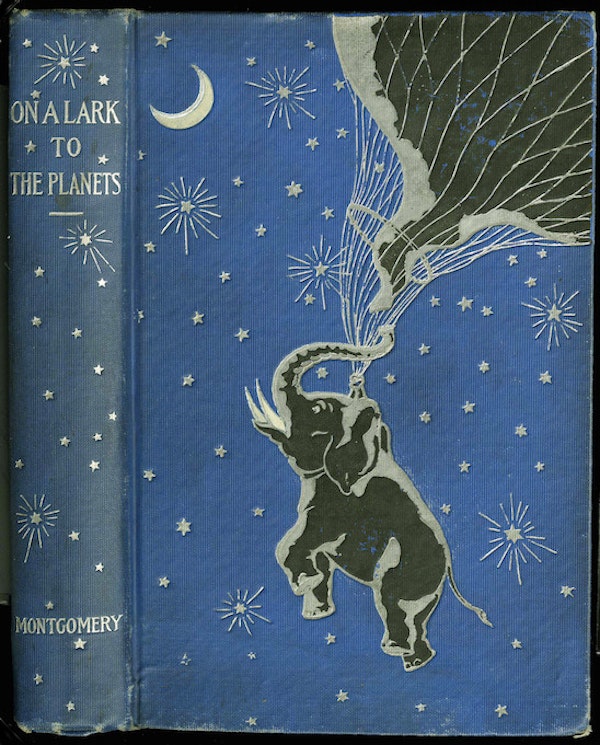Like my friend, Michael Skeet, who pointed me towards this article, I'm not a collector of books as objects. I have hundreds of books on the large bookshelf beside me, but they were purchased because I wanted to read them, not because they were objects of art (although a few of them coincidentally are).
Back before printed and artistic dust jackets became prevalent, book covers were art objects.
Inspired by rising literacy rates and advancing technologies, the nineteenth century saw the book transform from a largely hand-made object to a mass-produced product. In this new environment the book cover took on added importance: it was no longer merely a functional protection for the pages but instead became a key platform through which to communicate and sell the book. Prior to this covers had — bar a smattering of highly bespoke one-off creations (e.g. embroidered covers for personal libraries) — mostly been plain leather bound affairs. From the 1820s, with the rise of mechanical bookbinding, these leather covers of old gave way to new cloth coverings which, in addition to being inexpensive, were now also printable. A wide variety of cover printing techniques were employed over the decades: from embossing to gilt to multi-colour lithography. A totally new artistic space was opened up. As you can see in our highlights below it was one in which illustrators and designers flourished, producing a range of covers as eclectic in aesthetic approach as the myriad contents they fronted.
I think this one might be my favourite of the books shown in the article. It's from Frances Trego Montgomery's On a Lark to the Planets published in 1904.

No comments:
Post a Comment